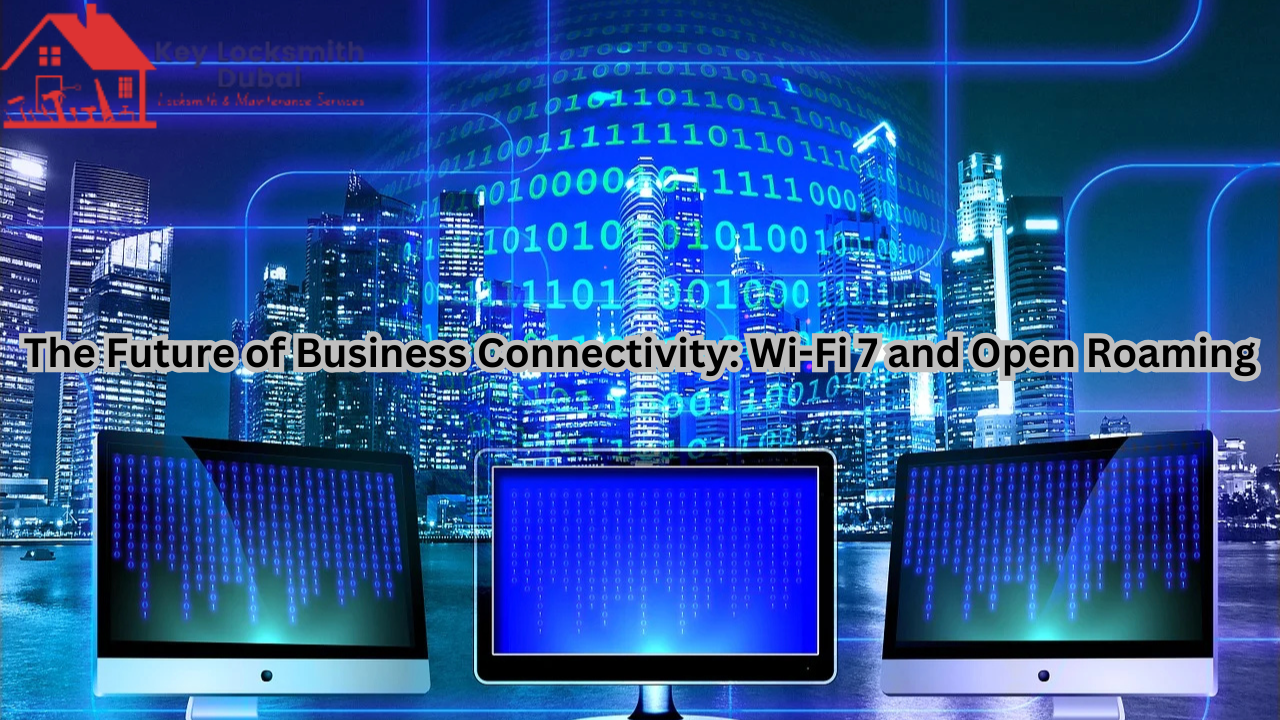Seamless, reliable connectivity is no longer just a nice-to-have, it’s a necessity for modern business operations. As networking demands increase, Wi-Fi 7 takes the foundation laid by Wi-Fi 6 and builds on it to deliver more consistent throughput and latency for high-density networks. This reliability is critical when an operator using a 5G SIM certificate to authenticate a Wi-Fi 7 access network wants to ensure that it’s routing its customers’ traffic over a good Wi-Fi network, and Wi-Fi 7 provides the ability to do just that.

Key features like Multi-Link Operation (MLO) allow devices to communicate on multiple channels simultaneously, reducing congestion and ensuring highly reliable, low-latency communications. This is critical as businesses deploy more devices, from IoT sensors to augmented reality (AR) tools, and they need networks that can handle the increased load without sacrificing performance.
Wireless Convergence: The Future of Seamless Networks
Wireless convergence is the ability to use multiple access networks simultaneously for an optimal user or device experience. Wi-Fi and 5G are the dominant wireless access networks in the world. For carriers, the idea is to make the underlying network technology invisible to the user. Whether they’re connected via Wi-Fi or 5G, they enjoy the same fast, reliable service without any noticeable changes.
This convergence is essential for industries like retail, healthcare, and logistics, where consistent connectivity is critical to both customer experiences and business operations. However, achieving seamless transitions between networks requires overcoming challenges such as managing multiple access points, connecting to each other, and securing communications in both business and consumer environments. This is where open roaming comes in.
Open Roaming: Simplifying Network Communication
Seamless wireless roaming, especially between Wi-Fi and 5G networks, has long been a challenge. While 5G provides global connectivity thanks to inter-company roaming agreements between carriers, Wi-Fi networks require roaming mechanisms to seamlessly authenticate while accessing different Wi-Fi hotspots.
OpenRoaming, now an industry standard driven by the Wireless Broadband Alliance, bridges this gap by enabling automated and secure connections to millions of Wi-Fi access networks using Wi-Fi Alliance (WFA) passpoint technology. This eliminates the need for manual logins or captive portals, making Wi-Fi access as easy as cellular access but with many different credentials you already have, such as the SIM card in your phone or using an Apple or Google ID for authentication.

For businesses, this means reducing friction, providing seamless connectivity to customers and employees alike, and increasing user satisfaction with seamless transitions between networks.
Wi-Fi 7 and Wireless Convergence in Action
The convergence of Wi-Fi and 5G isn’t just theoretical; it’s already playing a significant role in many industries. Data transfer over Wi-Fi is a prime example. When 5G signals are weak, such as inside buildings with signal-blocking materials, Wi-Fi 7 can reduce traffic from the cellular network. This helps improve the user experience and reduce the load on the 5G network infrastructure, ensuring continuous connectivity for users while improving network performance.
With Wi-Fi 7, businesses can expect better bandwidth, cleaner spectrum, and a network architecture that supports high-density environments without interruption. This is essential for advanced applications such as augmented reality, the Internet of Things, and real-time data processing that are becoming increasingly important across industries.
The Business Impact of Wi-Fi 7 and Seamless Roaming
Wi-Fi 7, combined with OpenRoaming and wireless convergence, offers significant benefits across a variety of business sectors:
Retail: Seamless connectivity can drive improved customer engagement, allowing customers to automatically connect to in-store Wi-Fi for personalized offers, augmented reality shopping experiences, or loyalty programs.
Hospitality: High-quality Wi-Fi is one of the most sought-after amenities in hotels and resorts. With seamless roaming, guests can enjoy uninterrupted connectivity, enhancing their overall experience and increasing their satisfaction.
Healthcare: Wi-Fi 7 supports critical applications such as telemedicine, real-time patient monitoring, and secure communications between staff, ensuring reliable, low-latency connections that can be the difference between life and death in healthcare environments.




